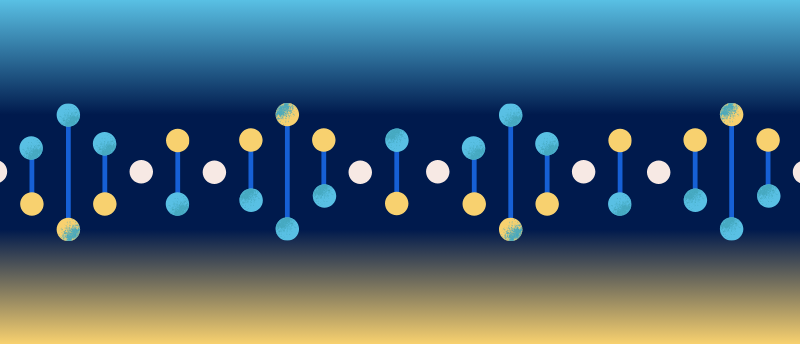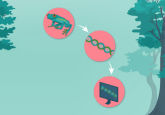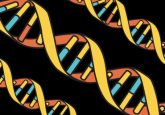Long-read sequencing expedites rare disease diagnoses

Long-read sequencing is being harnessed to improve the rate of rare disease diagnosis.
Researchers at the University of California Santa Cruz (CA, USA) have demonstrated that long-read sequencing (LRS) has the potential to expedite rare disease diagnoses with a single test and at a lower cost. Reducing the time to diagnosis from years to days for individuals with rare diseases would mean earlier intervention and, therefore, better outcomes.
Worldwide, one in ten people is impacted by a rare genetic disease; however, 50% of those cases are undiagnosed. This is in part due to the type of testing being conducted, which utilizes short-read sequencing (SRS) to investigate the genome. SRS looks for genetic variants that cause disease, reading the genetic code in sequences of 150–250 bases at a time. The problems with SRS in this context are that it can’t provide a comprehensive view of the genome due to its short reading frame, and it can’t reveal from which parent a variant was inherited, a process called phasing. These limitations can lead healthcare professionals to miss crucial evidence that could help them make a diagnosis. This method may also require multiple tests, which drive up costs and extend the time to diagnosis.

Identifying undiagnosed genetic disease via the far-reaching branches of a family tree
A genetic method has been developed to cluster distantly related people, identifying rare genetic variants that can be used to find cases of undiagnosed genetic disease.
In the current study, the team investigated the potential of LRS to overcome the limitations of SRS. LRS is a next-generation sequencing method that can read longer strands of DNA as well as provide phasing and methylation information. “Rare diseases are something that people have been struggling to diagnose for so many years, and if we have a sequencing technology which streamlines diagnostic testing, I think that will be a huge contribution – and that is what we tested as part of this paper,” commented first author Shloka Negi.
The study focused on rare diseases caused by disruption to a single gene. Working with 42 individuals with rare diseases, the researchers used innovative LRS – nanopore sequencing – to glean highly accurate genetic information from each person for US$1000 per sample. These reads were then analyzed against a large, complete reference genome to identify variants and collect phasing and methylation data using the Napu pipeline, a wet lab and computational protocol developed in co-lead author Benedict Paten’s lab.
They found that LRS provided a more exhaustive dataset compared to short-read data, conclusively diagnosing 11 of the 42 individuals using a single, rapid and cost-effective protocol. Of the 11 diagnoses, four were congenital adrenal hypoplasia, a rare disease that affects adrenal gland function and is caused by a gene located in a particularly difficult-to-access region of the genome, making current diagnostic tests for this genetic disease ineffective.
“To solve these cases, we developed a new pangenomic tool that integrates new high-quality assemblies like the ‘telomere-to-telomere’ reference genome,” reported co-lead author Jean Monlong. “… We know many rare diseases involve regions of the human genome that have been historically difficult to study, so our results encourage us to extend our approach to more of those diseases that have been at a standstill for a long time.”





